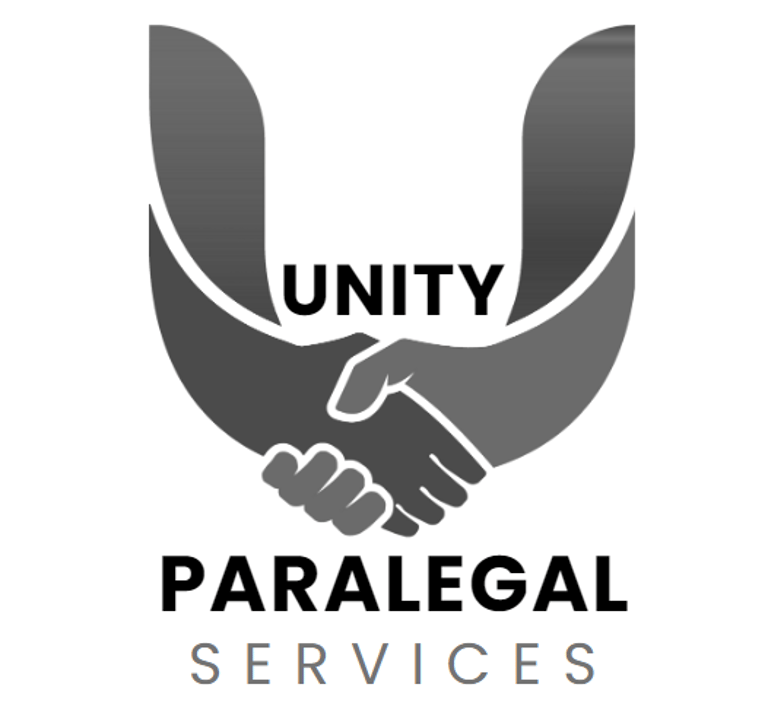Probate Steps
Here’s a breakdown of the steps involved in probate for both intestate (without a will) and testate (with a will) cases:
Sarah Psiroukis
10/28/20242 min read


When dealing with the loss of a loved one, navigating the complexities of probate can feel overwhelming. We are here to alleviate the burden of legal paperwork, ensure compliance with court requirements, and help you honor your loved one's wishes with care and respect. Let us assist you in navigating this journey, allowing you to focus on what truly matters—remembering and celebrating your loved one’s life. Here are some steps you will need to discuss with your attorney.
Probate Testate (With a Will)
Locate the Will: Identify and locate the deceased person's original will.
File the Will: Submit the will to the probate court in the jurisdiction where the deceased resided.
Petition for Probate: File a petition with the court to initiate the probate process, requesting the appointment of an executor named in the will.
Notice to Heirs and Beneficiaries: Notify all heirs and beneficiaries named in the will, as well as any other interested parties, about the probate proceedings.
Court Hearing: Attend a court hearing where the judge will validate the will and officially appoint the executor.
Inventory of Assets: The executor must compile a comprehensive inventory of the deceased’s assets, including real estate, bank accounts, and personal property.
Pay Debts and Taxes: Settle any outstanding debts, claims, and taxes owed by the deceased from the estate's assets.
Distribute Assets: Once debts and taxes are paid, the executor distributes the remaining assets to the beneficiaries according to the terms of the will.
Final Accounting: Prepare and submit a final accounting to the court detailing all transactions made during the probate process.
Close the Estate: File a petition to close the estate with the court once all distributions are complete and all matters are settled.
Probate Intestate (Without a Will)
Determine Jurisdiction: Identify the appropriate probate court based on where the deceased resided.
File for Intestacy: File a petition with the probate court to determine that the deceased died intestate and to appoint an administrator.
Notice to Heirs: Notify potential heirs and interested parties, as defined by state intestacy laws, about the probate proceedings.
Court Hearing: Attend a hearing where the court will appoint an administrator to manage the estate.
Inventory of Assets: The administrator must gather and create an inventory of the deceased’s assets.
Pay Debts and Taxes: Settle any debts, claims, and taxes owed by the estate from its assets.
Determine Heirs: Identify and confirm the rightful heirs based on state intestacy laws, which dictate how assets are distributed among surviving relatives.
Distribute Assets: Distribute the remaining assets to the heirs according to the intestacy laws of the state.
Final Accounting: Prepare a final accounting for the court, summarizing the administration of the estate.
Close the Estate: File a petition to close the estate with the probate court once all distributions and matters are settled.
These steps can vary slightly by jurisdiction, so it’s essential to consult local laws and regulations when navigating the probate process.
